Waaay back in 2010—seems like a lifetime ago—I got involved in something I was never expecting, and there’s been a mystery connected that never got solved until yesterday.
Back then, I dubbed it “The Great Onion Hunt”. I got an email from my best field buddy ever, which had gone out to lots of people, asking if anyone knew where to find some Allium canadense variety hyacinthoides. There was an onion researcher from Missouri who needed to find some to take tissue samples for her comparative genetic research. We were located right in the narrow strip of habitat running north to south where the subspecies was expected to occur.
My first thought was: “Well maybe, and maybe not. I don’t really know what that looks like.” Imagine my surprise when after a bit of research I found that the wonderful clump of soft pink wild onions I had nurtured in the back yard for years was the exact subspecies she needed. I no longer remembered precisely where it had come from, but I was pretty certain that it had come from somewhere on the farm Richard’s parents had owned, the same land that is now our own wildlife refuge.
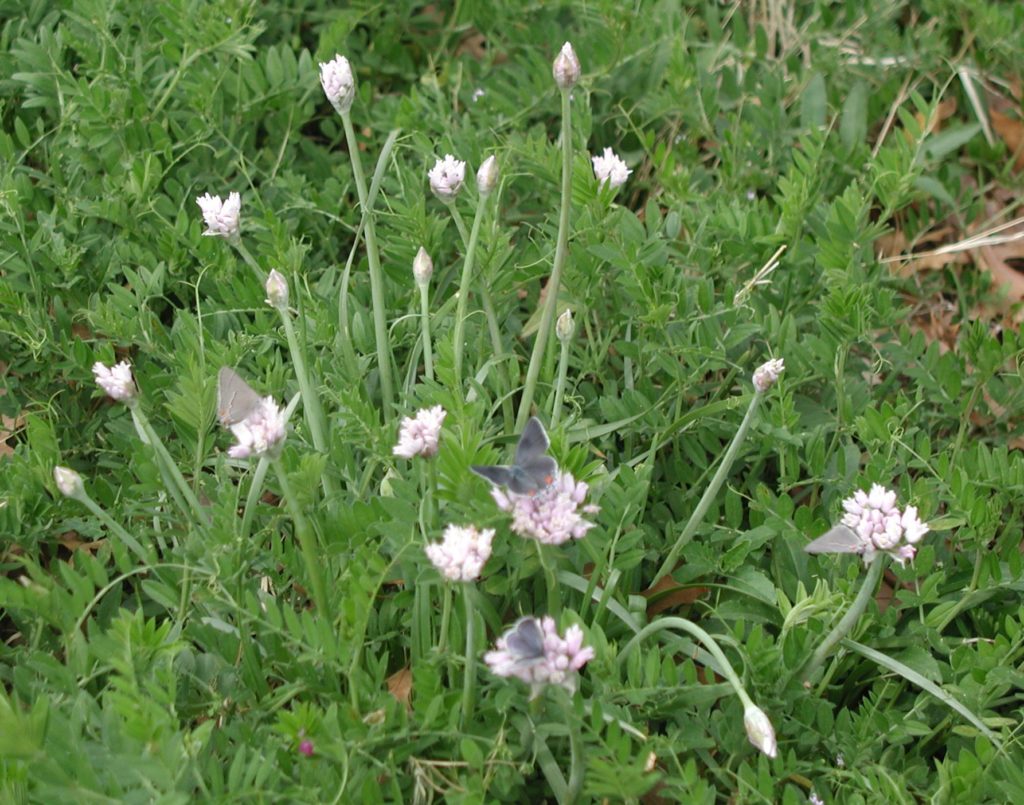
I phoned the delightful lady conducting the research, and invited her to stay with us while she was on the North Texas leg of her trip. She agreed, and I set about thinking of places where I was pretty sure I had seen this onion in the wild. I made up a route we could cover in two days of the most likely places to look based on soil type and plant communities I had seen.
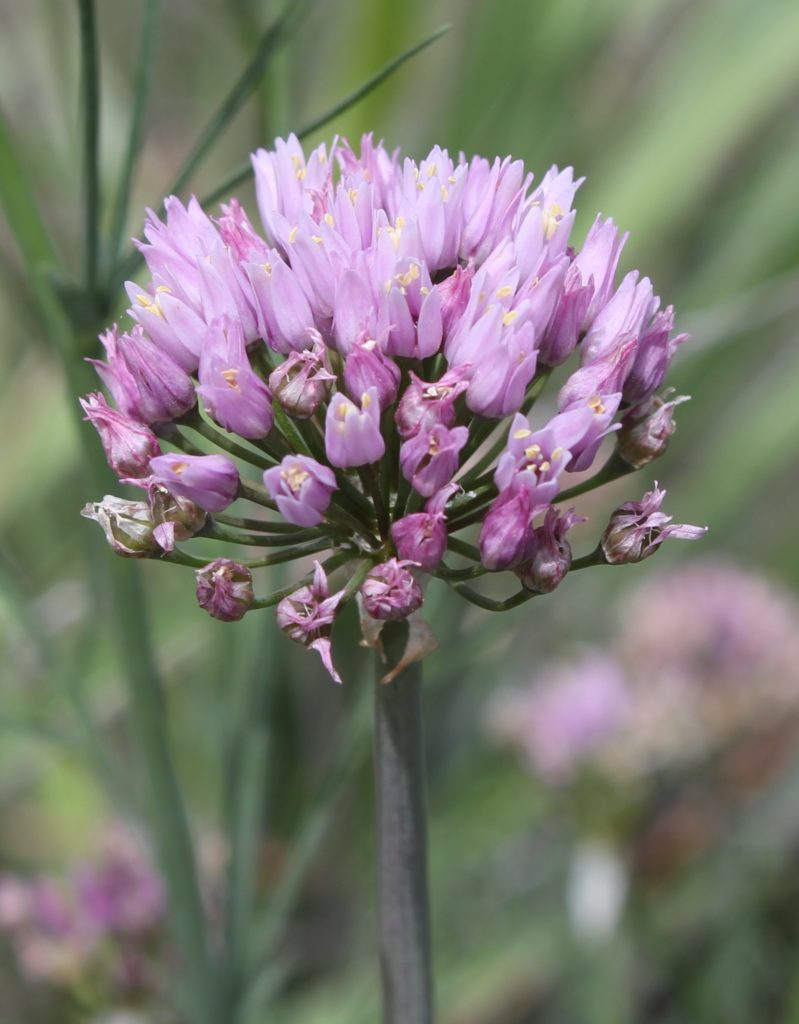
We did very well, finding this somewhat uncommon plant at each place I expected to see it, and in most cases walking right up to it. There was one notable exception— the farm. It was the one place I was sure it grew, and yet we found none. I scoured the acreage later and could not find a single specimen. There were other onion varieties (I actually mean that in this case—same species, different variety) there, but it was a little too early for them all to be in full bloom up near the Red River. Fifty miles farther South, in my home county, the onions were all in their glory, and picking out the odd ones from the more common Allium drummondii and Allium canadense var fraseri, was much easier.
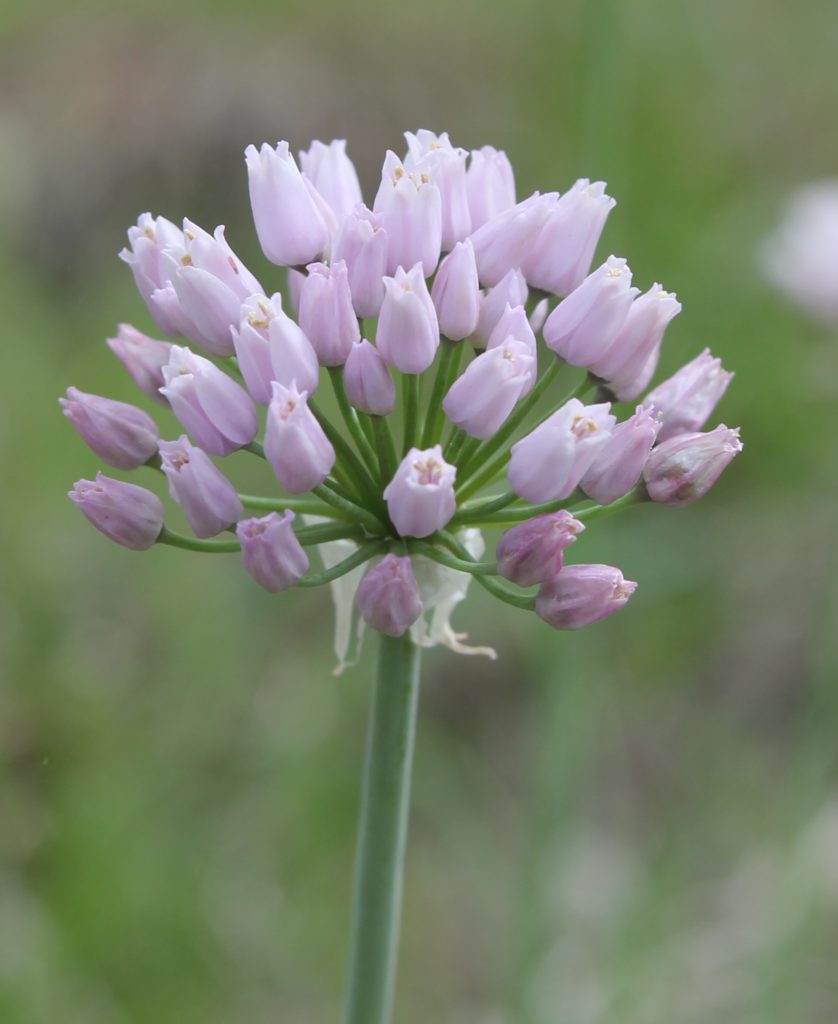
After I’d spent a marvelous two days of learning wild onion species details at the feet of a true expert, she went home with her onion samples and I went back to being just plain me.
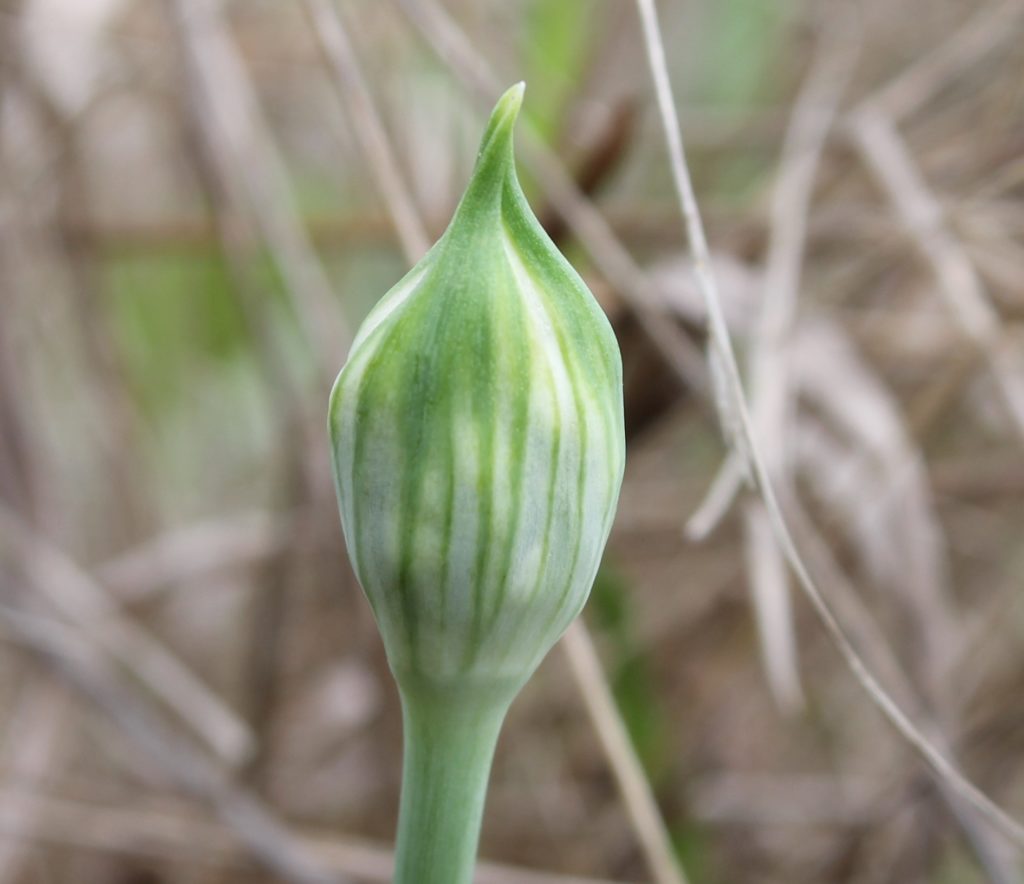
For ten years I have looked for that onion on the refuge, and had no luck. I’m not the kind of person who digs up rare plants or the only representative of a plant in a place, so I knew I had not dug the only one. I saw it is new places, but just not there. Maybe I had rescued it from the time my in-laws installed a water line and did some digging, or maybe I had seen a large patch somewhere and moved one, or even some seeds of it, to my home garden. I had a feeling I knew where to look, but the onion remained elusive. Year after year, there was no luck, until yesterday.

It was too muddy to take the car farther than just inside the gate, so I hoofed it down the farm road through the oozing mud (Thank you, Lord, for good boots!). There, not far from the road, in a place I had looked dozens of times, were the just barely emerging blooms of those magnificent onions. I knelt in the mud to sniff it and make sure it had the characteristic sweet heavy scent, and sure enough, it did. The fragrance is described as smelling like hyacinths, but to my nose, it smells like a mixture of hyacinth and lilac, two of my favorite smells ever. It’s potent enough to smell from a distance if there are several blooming.
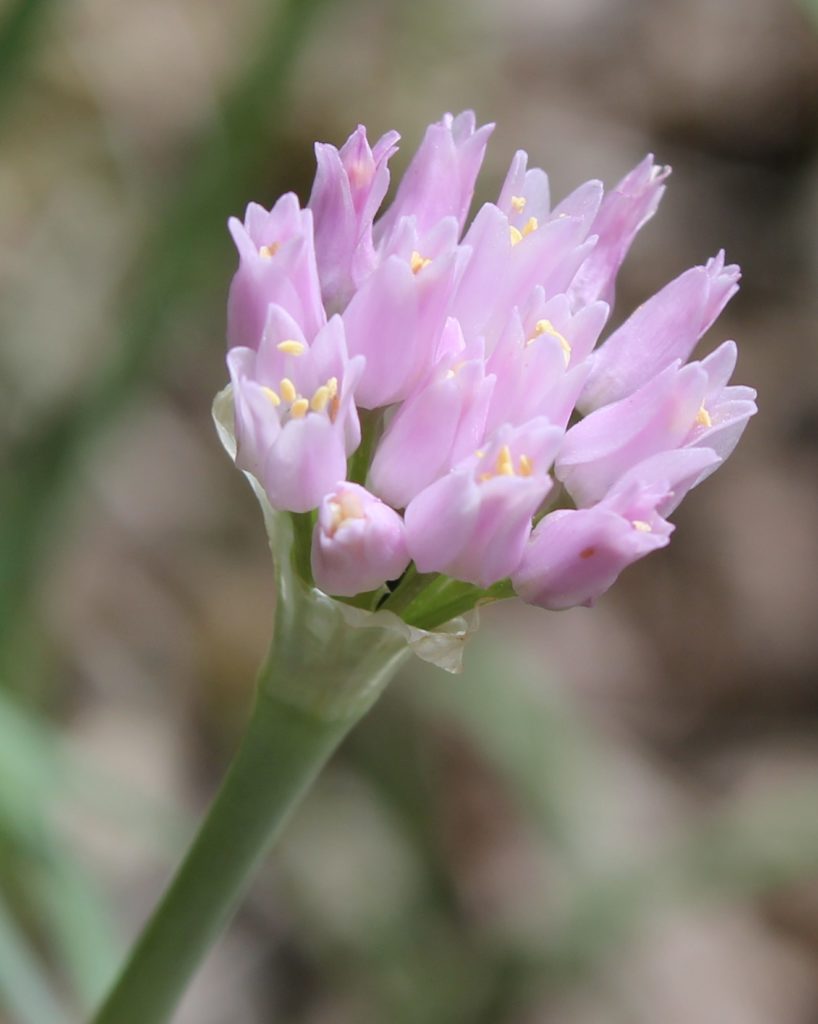
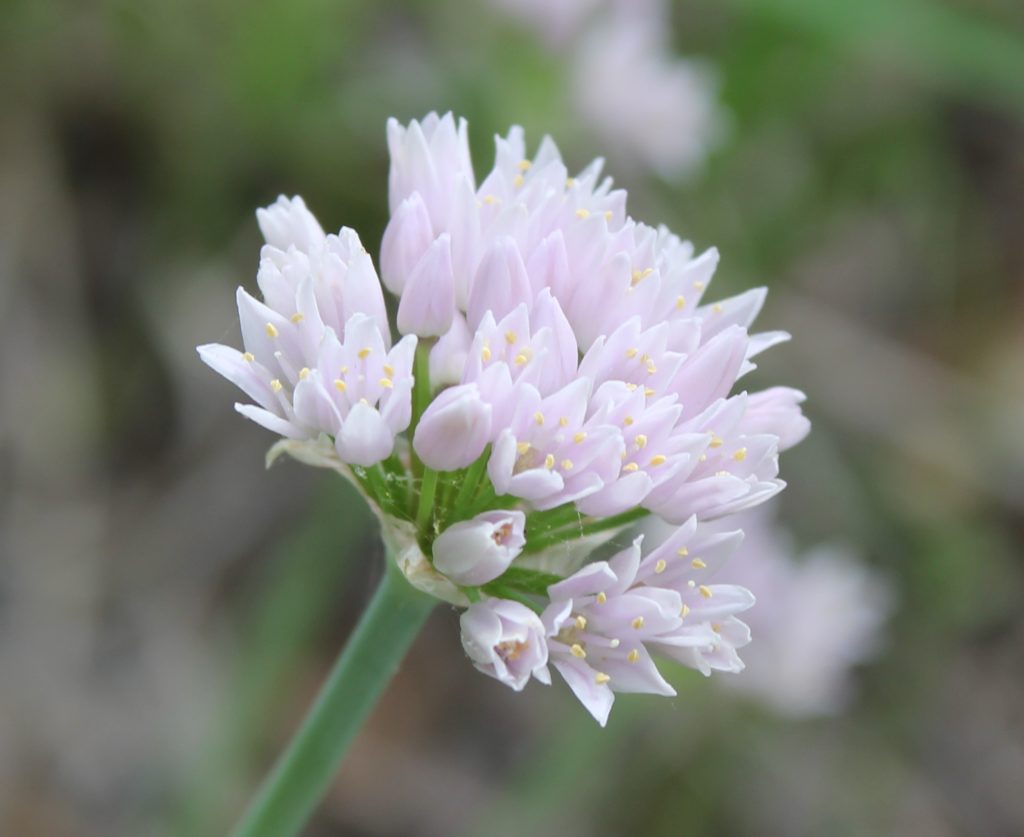
Allium canadense has a number of subspecies, but this darling little pink prairie onion is the only one whose flowers have a significant fragrance. It’s a magnet for small butterflies, tiny beetles, small native bees, and other micro-life. It’s drought, cold, and heat tolerant, and puts on quite a show when given good soils, even though it’s frequently found on harsh infertile soils. Its underground bulb makes it durable in Texas weather extremes.

People I know are working hard to get this onion into cultivation so that everyone can enjoy this beautiful and well behaved native in his own yard. In a few years, you might find it in your local nursery. And, if you live in that narrow wedge of habitat from North Texas down through Austin, you might run across it in the field. Get down, give it a sniff. It’s worth it. But, leave it where you found it as gift to the butterflies and bees.
Sometime soon, I might write about some of this little onion’s relatives, but today, I just want to let it be the star that it is. Today, I am celebrating like a lost pet has returned home.

Field recognition points:
- Flowers smell wonderful, but bruised leaved smell of onion.
- Green flattened strap-like leaves, with solid cross section, appear in late winter, with flowers in March through April.
- Papery bracts surrounding buds have more than three noticeable veins.
- Flowers are soft to bright pink, darkening with age, and never open flat like other members of the family do. They retain more of an upright tulip shape. More than 15 flowers per umbel.
- Ovaries are variably colored, from greenish white to pink.
- Bulbs are completely covered by a meshed net of fibers, though it is easy for this bulb coat to get knocked off.
- Flowers smell wonderful, but bruised leaved smell of onion
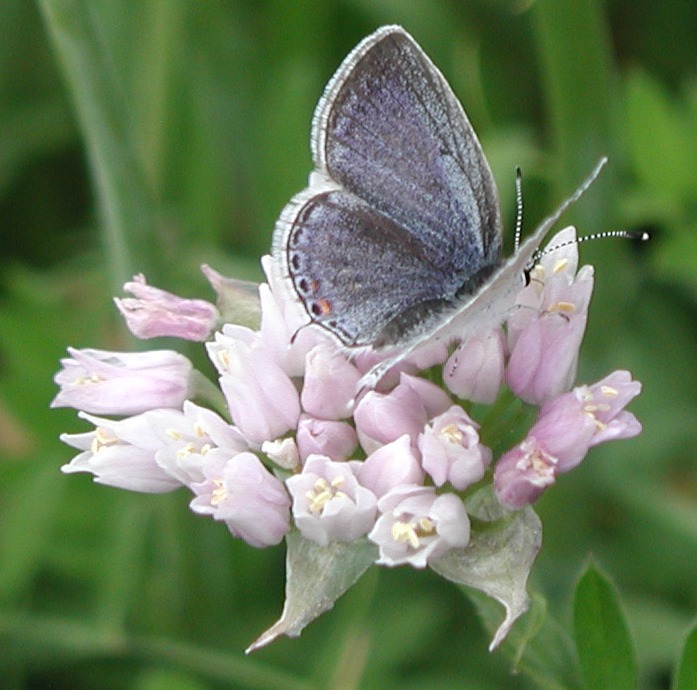
Now, for practice, scroll back up through the photos and see how many field marks you can see.